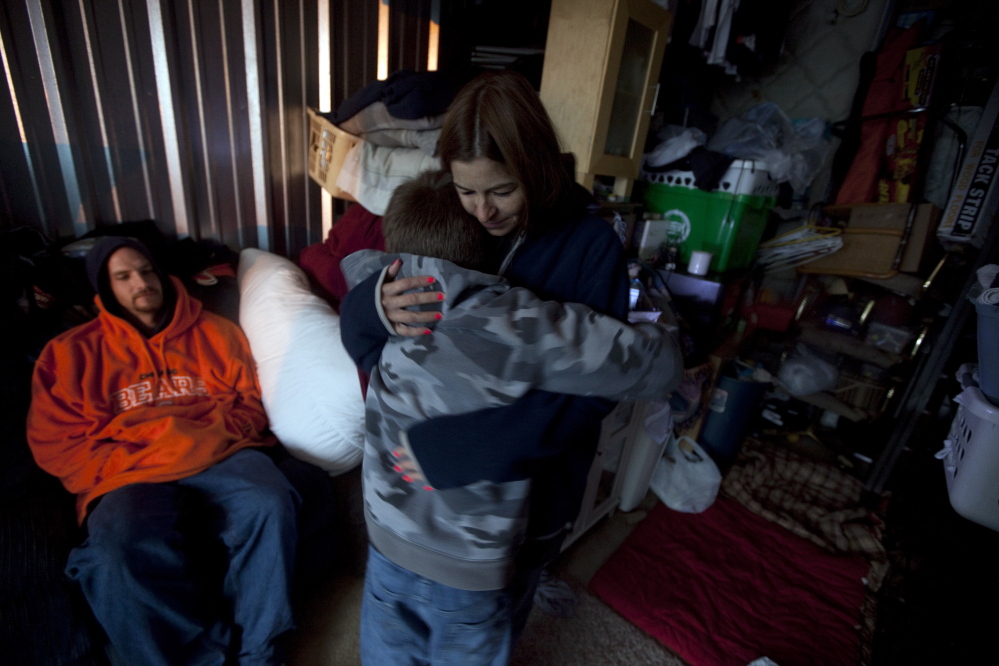In the public mind, the typical homeless person is an adult – someone sleeping on a mat in a shelter, holding a sign in a traffic median or waiting in line to eat a meal at a soup kitchen.
But most of us aren’t seeing the full picture. That is, with the exception of people who work in the South Portland public schools, where a spike this year in the number of homeless students has made it clear that homelessness affects Mainers of all ages.
There’s also good news, though: The state is stepping up its efforts to identify and help homeless students. Addressing this issue won’t be quick or easy, but the payoff – both for homeless kids and society as a whole – will be enormous.
Since July 1, South Portland has enrolled 107 homeless students, up from 74 in the 2013-14 school year and 40 the year before that. (There are 179 in Portland Public Schools – the highest number of any Maine district – while the Augusta school system is third in the state, with 84 homeless students.)
Student homelessness has been on the rise around Maine – and we’re not alone. Nationwide, according to federal data released last fall, the number of homeless students rose 58 percent between the 2007-08 school year, the start of the Great Recession, and 2012-13.
Child homelessness poses challenges to both teachers and students. Compared to children in more stable living situations, homeless kids are twice as likely to have learning disabilities and nearly three times as likely to experience depression or anxiety. Young people who are homeless lack resources like privacy to study or access to a computer. All these factors keep kids from making progress in school – half of homeless children are held back a grade. And homeless teens are more likely than their peers to drop out.
But Maine is working to better serve homeless students, distributing $230,000 in competitive federal grant funding for homeless student programs. Most of this money was distributed to Portland, Lewiston, Westbrook and Bath, supporting efforts like tutoring and counseling.
And educators elsewhere also have ideas that could be inspirational. A Seattle public charter school – one that’s set up to serve families in crisis – connects parents with social services, offers children on-site mentoring and provides students with school supplies, clothes, shoes and personal care products like shampoo and toothpaste.
Children who are homeless have weathered a lot of uncertainty and, often, a lot of trauma. The more that our schools do to provide them with a stable environment, the greater the impact on the ability of these young people to learn, think and grow – and the more they’ll able to contribute to the world around them in future years.
Send questions/comments to the editors.



Success. Please wait for the page to reload. If the page does not reload within 5 seconds, please refresh the page.
Enter your email and password to access comments.
Hi, to comment on stories you must . This profile is in addition to your subscription and website login.
Already have a commenting profile? .
Invalid username/password.
Please check your email to confirm and complete your registration.
Only subscribers are eligible to post comments. Please subscribe or login first for digital access. Here’s why.
Use the form below to reset your password. When you've submitted your account email, we will send an email with a reset code.